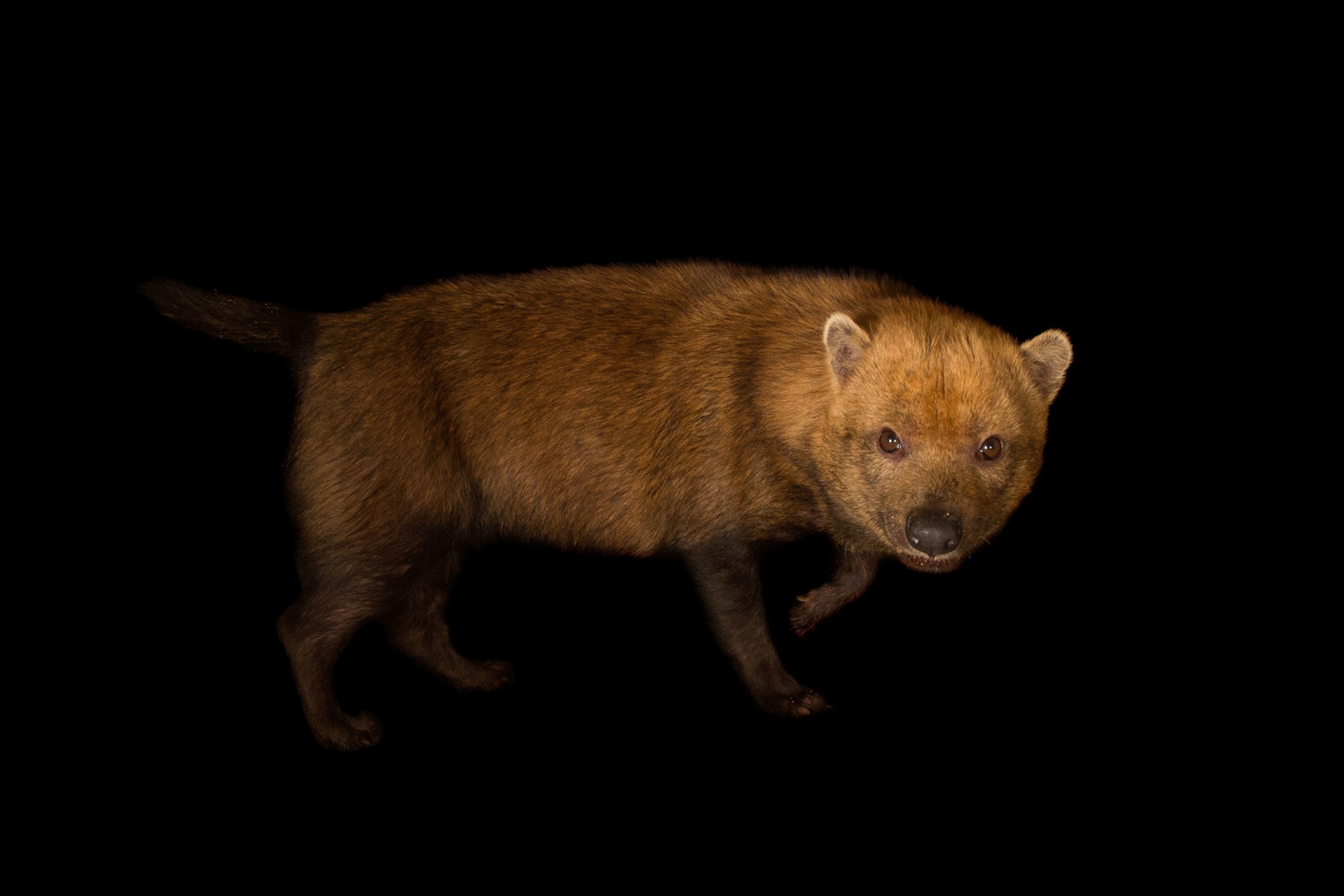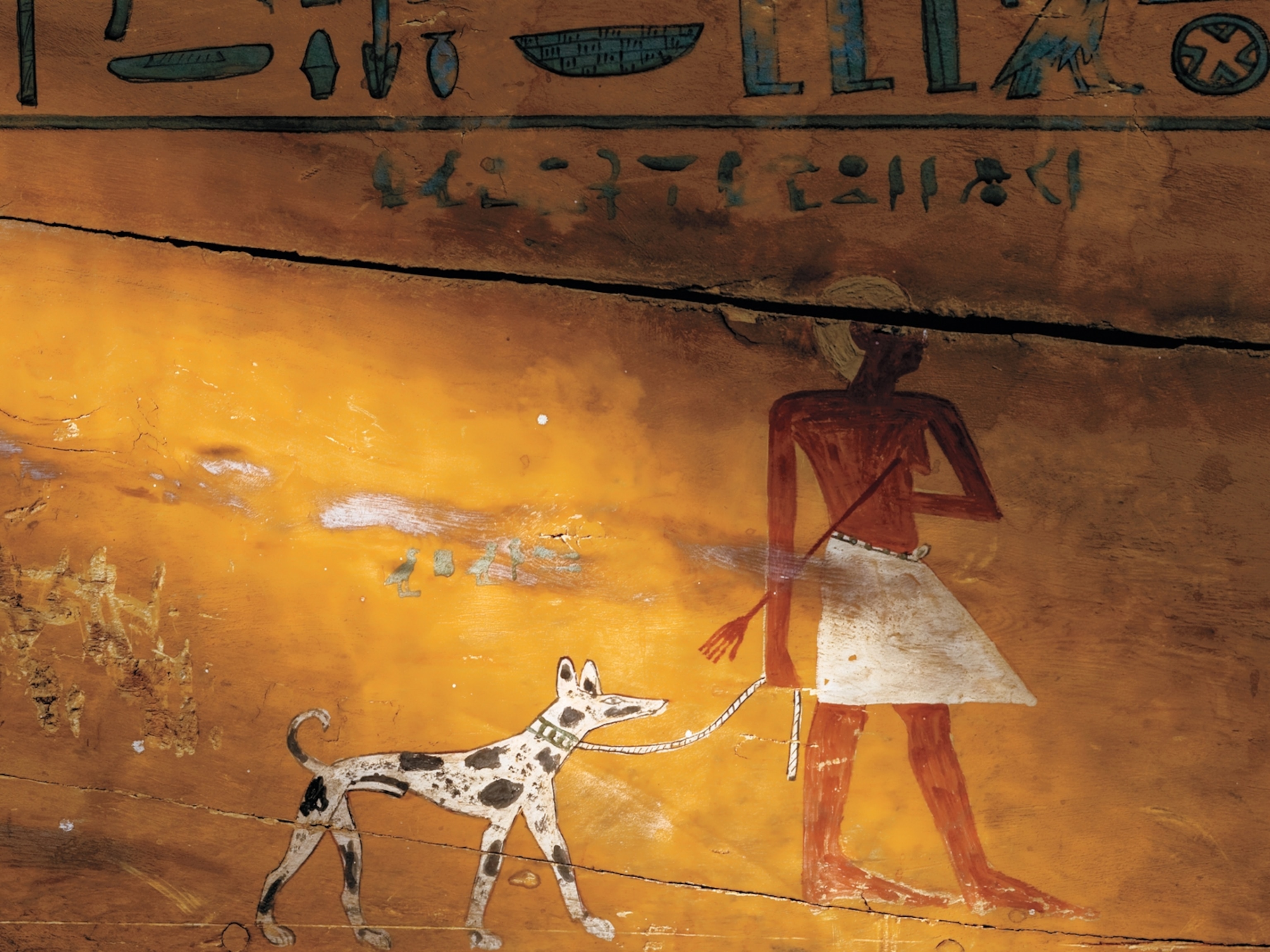
Elusive Wild Dog Caught on Camera in Surprising Place
New camera trap pictures reveal bush dogs north of Panama for the first time.
Jan Schipper was hoping for jaguars as he reviewed grainy photographs from camera traps set up around Costa Rica’s Talamanca Mountains.
What the biologist saw instead floored him: A short, stocky carnivore that is rarely seen and wasn’t even known to live in the country.
He had captured the first images of the bush dog north of Panama—and at the highest elevation ever, more than 4,900 feet above sea level. (See a rare Amazon jungle dog caught on video.)
“We had been putting so much effort into finding something that was incredibly rare that when we finally got the image, it was like Christmas,” says Schipper, field conservation research director at the Phoenix Zoo.
About the size of a house cat, the bush dog (Speothos venaticus) lives in forests from southern Brazil to Panama. Although records exist of bush dog sightings in Costa Rica, they're not detailed enough to be verified, he says.

The new camera trap data will help scientists unravel mysteries about the nocturnal canine, which is extremely hard to track or catch on camera. (See a rare picture of bush dogs taken in Peru in 2008.)
“We had cameras in the area for 12 years, and this is the first picture we got,” Schipper says.
Shy Canines
Unlike other canines, dogs are shy, steering clear of humans and spending most of the day in underground burrows.
The species is very social, almost always appearing in pairs, says Karen DeMatteo, a bush dog expert at Washington University in St. Louis.
Previous research showed one family of bush dogs had a surprisingly large home territory of more than 30 square miles, which didn’t overlap with other nearby families. (Read about DeMatteo's dog Train, which sniffs out bush dog scat.)
“They weigh about 10 pounds, but they have the home range of a puma. These tiny guys have the same ecological niche as these big carnivores,” says DeMatteo, also a National Geographic Explorer.
Based on archaeological evidence that shows bush dogs are not native to Costa Rica, Schipper suspects the animals he saw were more recent immigrants.
Dog in Decline
Whether the wide-ranging carnivores will stay in Costa Rica, however, is another matter.
The Talamanca Mountains are nearly surrounded by coffee and sugarcane plantations, as well as other agriculture.
Malu Jorge, an ecologist at Vanderbilt University, says that although the bush dogs may adapt to changing land use, their prey, such as small rodents and armadillos, may not.
Either way, this poses problems for one of the world’s most poorly known mammals. Listed as near threatened by the International Union for Conservation of Nature, the bush dog may become even more elusive. (Read about a plan to breed bush dogs in captivity.)
For the time being, however, Schipper remains upbeat that bush dogs have made a home for themselves in Costa Rica, a quarter of which is protected land.
“The fact that they’re there," he says, "means we’re doing something right."





